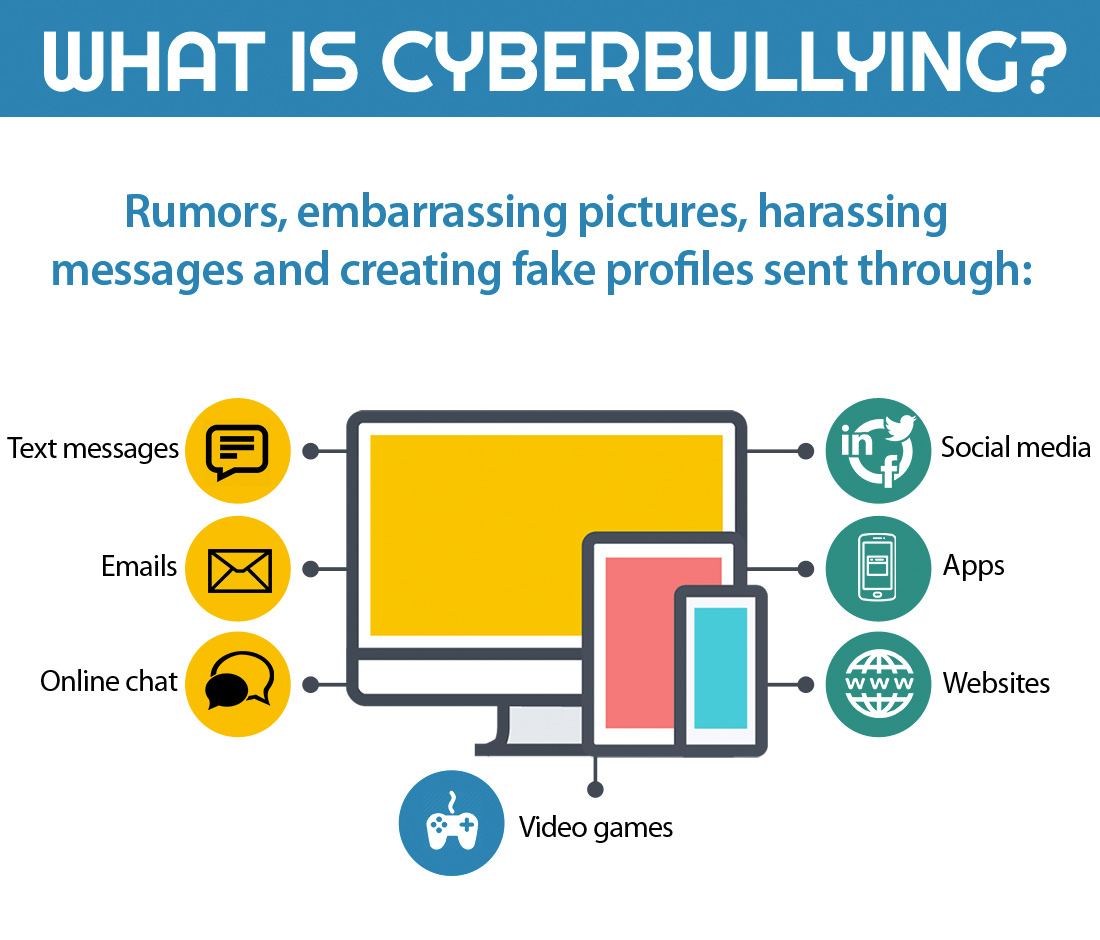On Wednesday, our class presenter
John Neale gave us a few helpful pointers on ways to better utilize Google Slides.
I used his tip on how to make video clips more succinct. This can be done by right-selecting an embedded YouTube video and choosing “format options” from the drop down menu. Next, I selected “video playback” and trimmed one second from the beginning and one second from the end of my video. This allows me to bypass YouTube’s default settings (to play a commercial before the video plays and suggest content after the video has ended) during my presentation.
By working on a slide and selecting the “explore” icon, I was able to choose from several pre-designed layouts to add to my slide.
Anyone who is interested can find my finished Slides project
here.
One of my favorite Google Slides tips actually provides a workaround solution to Google’s lack of simple text boxes. This is achieved by changing the default page setup to mimic a standard size 8.5”x 11” sheet of paper.
An interesting Google feature we looked at in class is the
Google Earth timelapse, which allows users to select an area on the globe and view an animation of how that area has changed over time.
We also discussed how using
Google Scholar can be used as a research resource. The application’s settings allow users to narrow or broaden their results as needed. This tool is perfect for weeding out the slew of irrelevant results and advertisements that appear in a regular Google.com query.
Google Trends provides users with the most searched terms every day, with options to display results based on geographic location and category. This article explains that Trends only shows data for popular terms, but eliminates repeated searches from the same person over a short period to provide an accurate picture. ToolsRush explains that Trends works by analyzing a portion of Google searches to compute how many searches have been done for the terms entered, in relation to the total number of searches done on Google over the same time.
After class, I wanted to find more Google tools to use. I read an article that introduced me to
Google Keep. This feature works beautifully alongside the Docs application, as well as an organizational tool on its own. I find it to be particularly useful in its smartphone format, working like a system of digital Post-It notes. I can add links and photos to my notes as well, which makes ordering from my online shopping list very convenient.
All of these practical applications available from Google led me to an important question: what am I exchanging for all of these resources?
The short answer is privacy.
This
article offers tips that range from helpful (signing out of all Google accounts) to nonsensical (avoiding correspondence with anyone who uses an Android phone). The site suggests using
duckduckgo.com as an alternative to the standard Google search engine.
Additionally, services like WhatsApp offer users the ability to communicate online via encrypted messages. Their
website boasts:
“WhatsApp's end-to-end encryption ensures only you and the person you're communicating with can read what is sent, and nobody in between, not even WhatsApp.”
While these encrypted applications may offer users some privacy, the takeaway from this finding is that it is virtually impossible to avoid being tracked by Google (or other providers) entirely. Privacy is no longer to be expected in online spaces. As author Josh Ochs remarks on page 35 of his
book,
“Everything you say online is your public diary.” - John Ochs
This is no less true for college hopefuls and job applicants. In fact, according to this
study from Jobvite.com, “93% of recruiters check social media activities” and “up to 30% of college recruiters are doing the same”(Ochs, 31).
For these reasons, author Josh Ochs offers tips for students and job applicants to bolster their chances of success. The author encourages candidates to cultivate a positive social media presence by observing the following guidelines, which I have listed using Google Keep:
My takeaway is that the utmost care should be taken when constructing my PLN, as well as what I post on my personal networks. Josh Ochs finishes my thought perfectly when he says, “consider rereading all of your tweets twice and asking yourself, ‘How can this go wrong?".
 Nowadays, everyone online is a content creator. This unique time in history affords us the ability to share, produce, and consume content easily and cheaply. It is easy to post online about a temporary thought or feeling, and just as easy to overlook the potential ways in which posting that content can cause us harm.
Nowadays, everyone online is a content creator. This unique time in history affords us the ability to share, produce, and consume content easily and cheaply. It is easy to post online about a temporary thought or feeling, and just as easy to overlook the potential ways in which posting that content can cause us harm.




